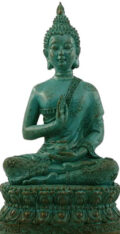Who We Are?
Brief history of Watt Munisotaram – permanent place of MCBS
From the mid 1975, Cambodian refugees began to arrive in the state of Minnesota. During that time there was no Cambodian monk in the state and there was nothing that could be called a Cambodian Buddhist monastery.
In order to respond to the need of the Cambodian refugees living in the Twin Cities, an organization called the Minnesota Cambodian Buddhist Society, Inc. (MCBS) was formed in 1982 as a non-profit religious organization under 501 © (3).
Under the leadership of one community leader, Mrs. Kan Sally, a group of elders from Minnesota contacted Venerable Ung Mean, the head of the Buddhist monastery in Washington D.C. to formally request that one Buddhist monk be sent to Minneapolis to lead the formation of a Cambodian Buddhist monastery in Minnesota.
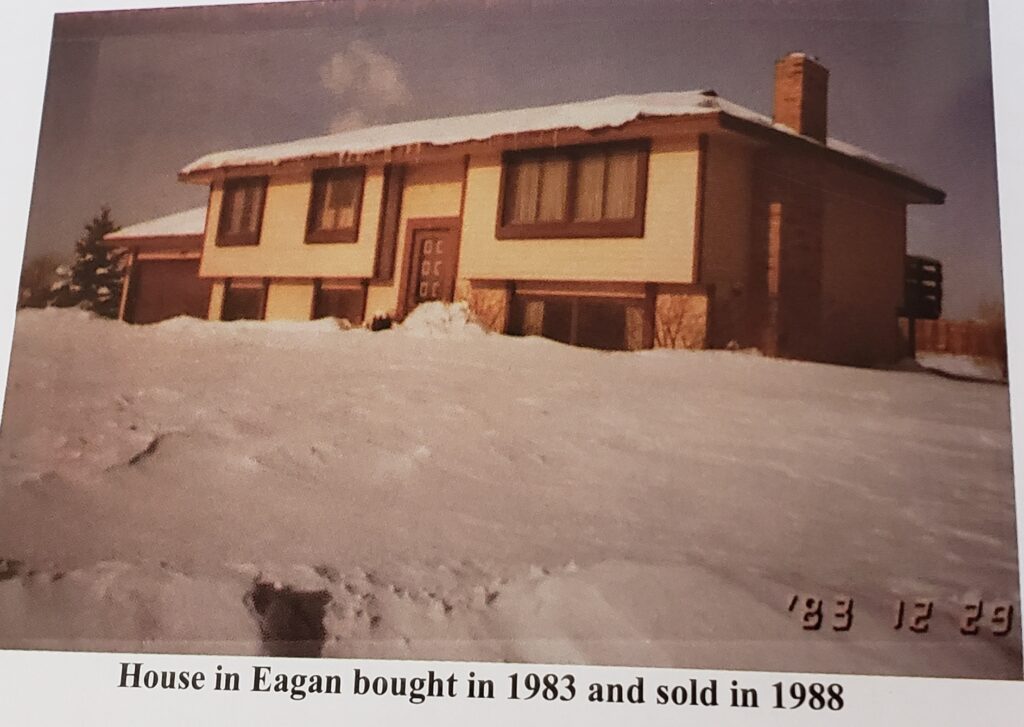
From 1982 to 1986, under the leadership of Venerable Son Chey Sothy who served as the first abbot, some preparations began to take shape for the development of a Cambodian Buddhist monastery. The MCBS rented a house in Minneapolis to serve as a temporary worship place and also as a residence for the Buddhist monk.
In 1985, with the support from the Cambodian community in the Twin Cities, the MCBS was able to buy a house in Eagan to form a real Cambodian Buddhist monastery. The MCBS began collecting the three sets of Tipitaka or the three baskets (the sacred literature of the Buddhist doctrine): the basket of Discipline, which explains the rules and regulations of the Order of Buddhist monks and nuns, the basket of Discourses, which contains the discourses delivered by the Buddha to individuals and assemblies of people during 45 year, Abhidhamma basket, which forms the core of Buddhist philosophy dealing with ultimate reality – consciousness, mental properties, matter, and Nibbana.
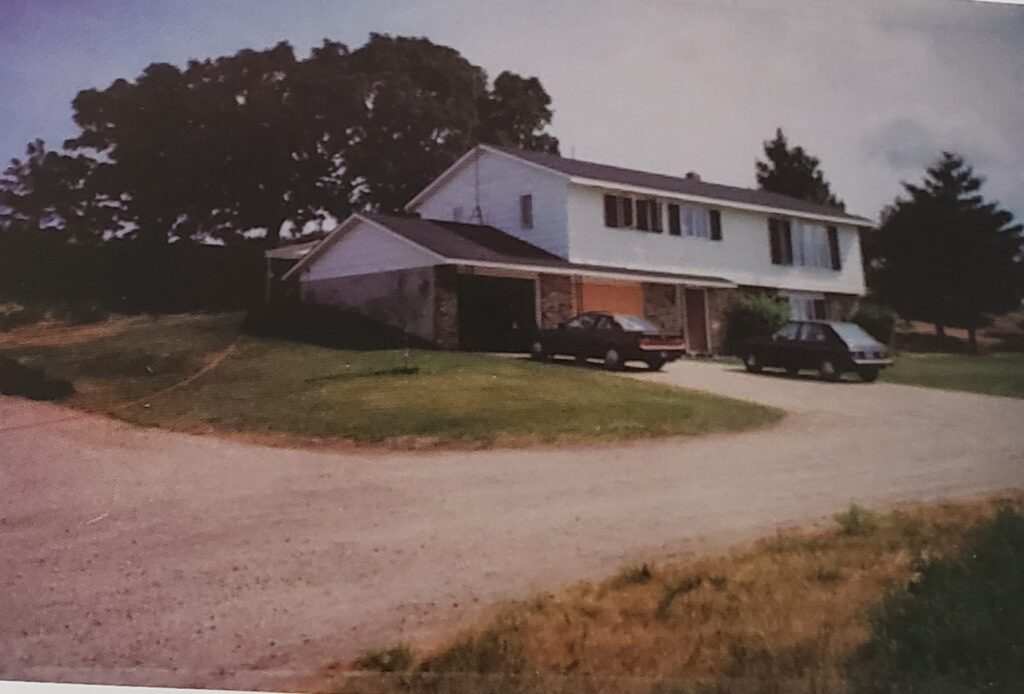
From 1986 to 1998, under the leadership of Venerable Thach Son, the second abbot, the MCBS was looking for a place big enough to serve as a permanent place for the Cambodian monastery. In 1988, the MCBS was able to acquire this 40-acre farmland in Hampton, Minnesota, at the cost of $221,000, to serve as a permanent place for the MCBS. The purchase of that farmland was facilitated by the presence of a saving of $50,000 and a generous donation of $20,000 from Mrs. Lar Munstock to meet the deposit requirement.
This location in Hampton appears to be ideal, because it is accessible to Cambodian people living in Minneapolis, St Paul, or Rochester. This permanent place of MCBS is called Watt Munisotaram.
What existed on this 40-acre farmland were a small house and two barns. The house was expanded with a new bank loan to create two sections in the house, one section to serve as residence for the monks and another section to serve as temporary temple.
One of the barns had been remodeled to serve as a social hall for various religious celebrations. A shrine had been erected in front of the existing house to contain the Buddha statues that could not fit in the temporary temple.
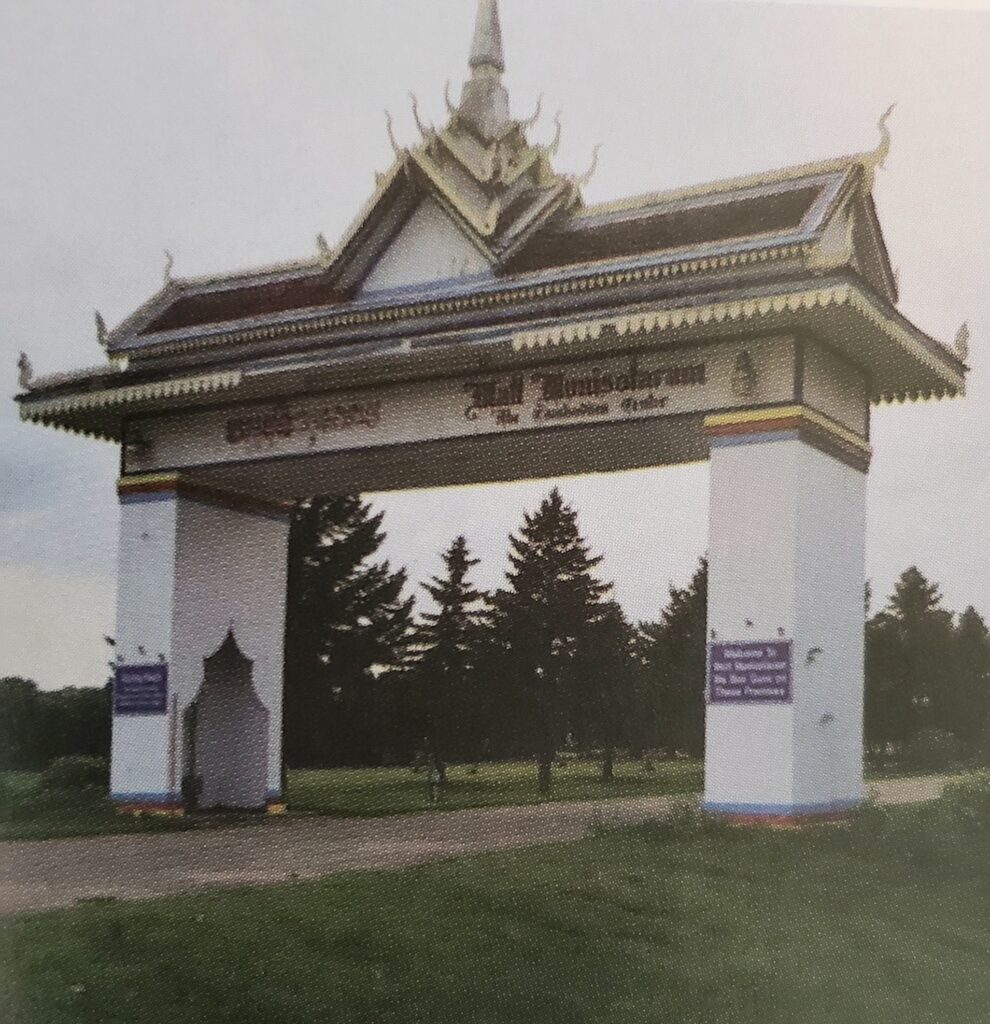
In 1992, an entrance gate had been built to add a special feature of the Cambodian Buddhist monastery. Driveway had been paved to facilitate the circulation within the area. In 1994, the MCBS was able to pay off all its debts to the bank.
From 1998 to present, under the leadership of Venerable Sang Moeng, the third abbot, planning for the construction of a permanent temple took shape between the years 2000 and 2001. The construction was completed in 2007. There was a five-day sanctification ceremony of the temple from July 5th to July 8th. The temple is surrounded by ten Siima boundaries to mark the holy ground of the temple where Buddhist religious ceremonies can be properly conducted. (Refer to footnote 1 for details about the sanctification ceremony).
The practice of setting Siima originates during the time of the Buddha who established the rule concerning the proper setting for the discussion on Padimokha (monastic disciplinary rules). Siima ceremony has become the normal process of offering the gift of dwelling place, such as Preah Vihara (temple), to the Sangha (Buddhist Order). The gift of dwelling place had been highly praised by the Buddha; and, among all the gifts to the monastery, the gift of dwelling place provides the highest merit, because of its long lasting effect.
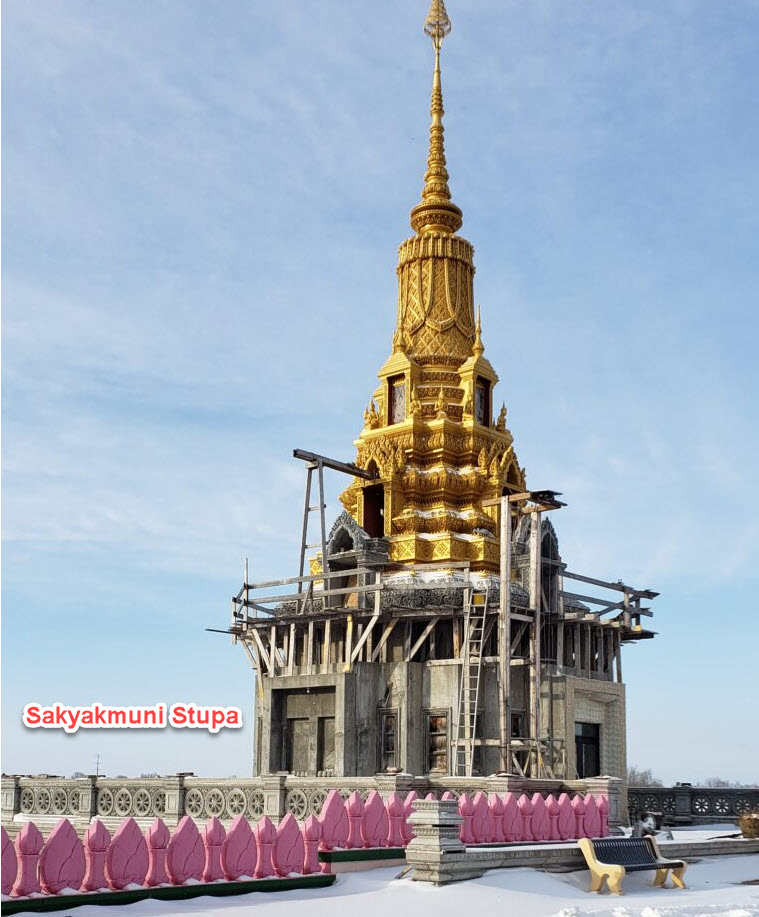
The construction of Sakyakmuni Stupa located on the West side of the temple to provide a proper place to enshrine the holy relics of the Buddha, which began in 2010, is still under way (refer to footnote2 for details about steps taken to receive the holy relics of the Buddha).
This stupa has a base covering an area of 3,600 square feet and a height of about 100 feet. It has three levels. The top level will be a secure receptacle for the holy relics of the Buddha. The second level has, at its center, the reclining Buddha symbolizing Maha
Parinibbana, the unconditioned state. The lower level has, at its center, the statues of four Buddhas from the current eon, which will witness the enlightenment of the fifth Buddha named Metriya.
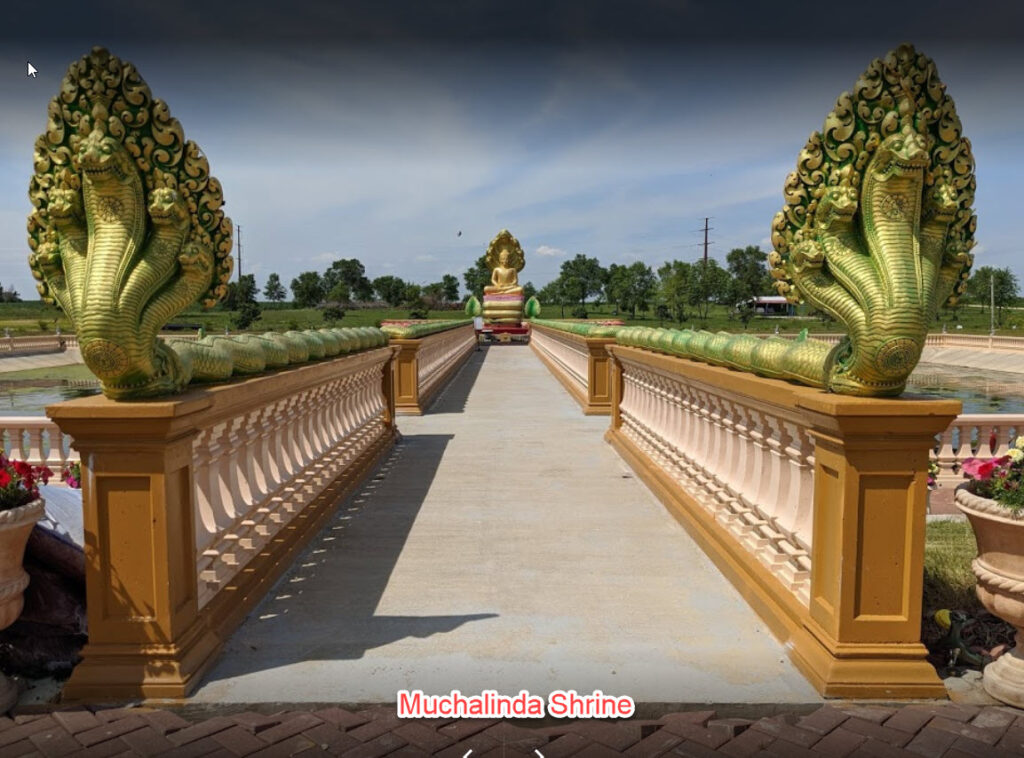
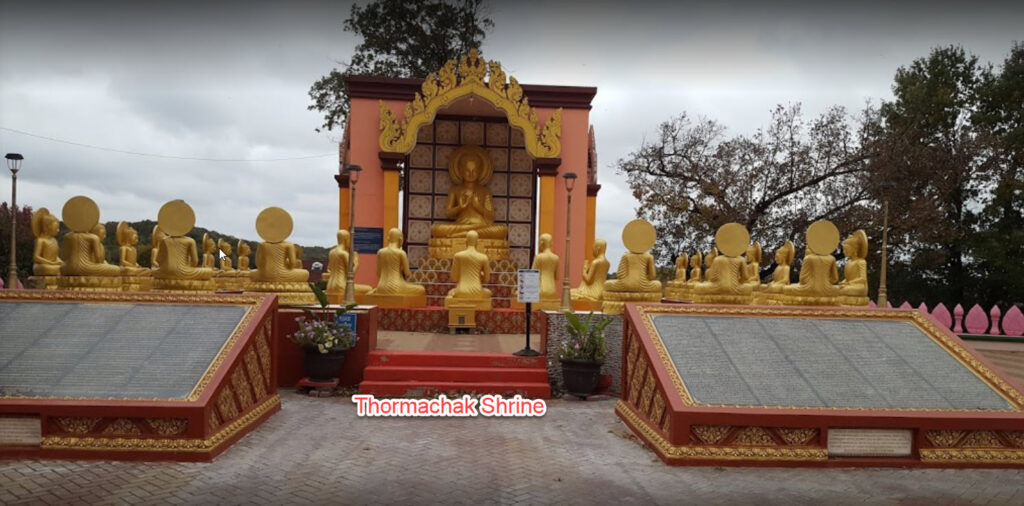
The MCBS, under the leadership of Venerable Sang Moeung, has been engaged in several other constructions, such as the building of Thormachak shrine to commemorate the first teaching of the Buddha given to the five ascetics, the construction of several monuments that form the Muchalinda shrine to commemorate the sixth week of the Buddha’s meditation after he attained perfect enlightenment, the building of the fence around the temple, and the renovation of the old barn which is now known as the white Building. All these constructions had been completed and inaugurated in 2017 and 2018.
The new gate of the monastery is expected to be completed in 2022.
New projects to add twenty new units of public bathrooms to help alleviate the congestion for the use of restrooms in the temple have been approved and will be implemented soon.

